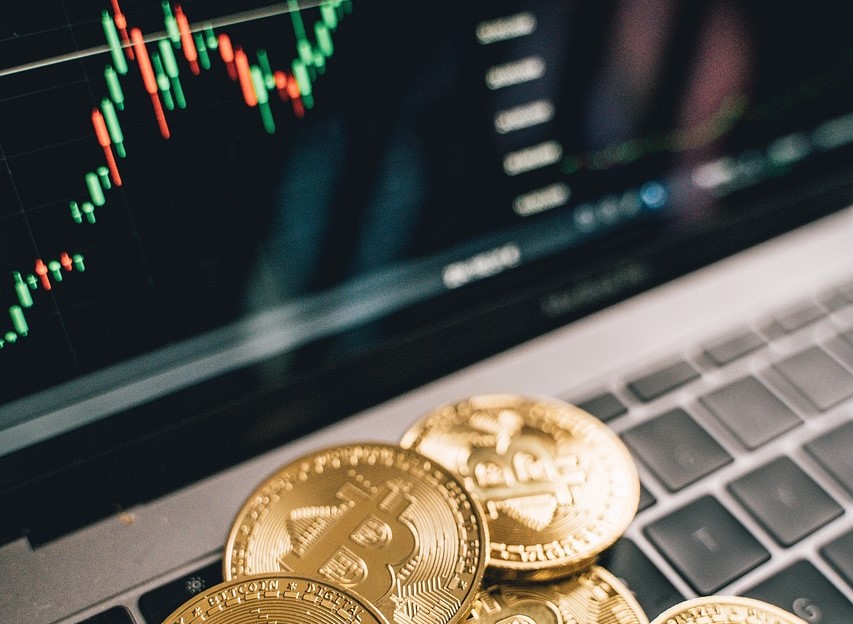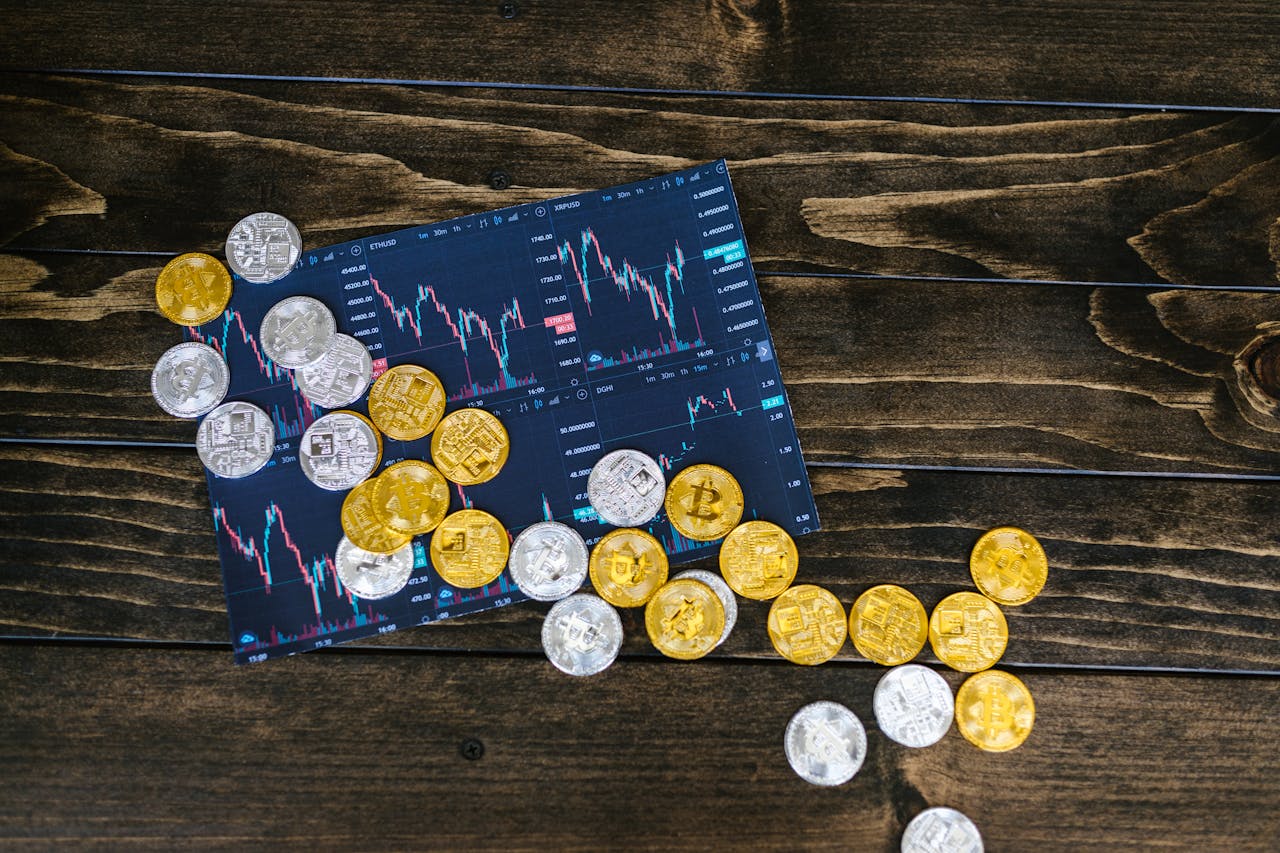Goldman Sachs has launched a new data service targeting crypto investors. The new system aims to help investors analyze crypto markets as it is “designed to provide a consistent, standardized way to help market participants view and analyze the digital assets ecosystem.”
On Friday, November 4, Goldman Sachs announced the new data services called Datonomy, which it described as a “new classification system for the digital assets market.” The global investment bank collaborated with crypto data firm Coin Metrics and global index provider MSCI for the new data service, Bitcoin.com reported.
“The new framework for digital assets classification is designed to provide investors, service providers, developers, and researchers a way to help monitor market trends, analyze portfolio risk and returns, and help build new products,” Goldman Sachs said.
The new system analyses and classifies digital assets based on their usage. “Delivered as a new data service, Datonomy classifies coins and tokens based on how they are used,” Goldman Sachs said. Investors need a direct data subscription feed from Goldman Sachs, MSCI, and Coin Metrics to access the system.
Digital currencies are split into Value Transfer Coins and Specialized Coins under Datonomy’s classification system. Meanwhile, Specialized Coins are further subdivided into Meme coins, Privacy Coins, and Remittance Coins.
Datonomy lists a number of applications for digital assets, including decentralized finance (defi) and the Metaverse. Decentralized Exchanges, Derivatives Trading, Decentralized Lending, Stablecoin Issuers, Prediction Markets, Asset Management, Crowdfunding, and Insurance are the different categories of Defi applications. The three categories of metaverse applications include gaming, virtual worlds, and non-fungible (NFT) ecosystems.
“This new classification system for digital assets aims to provide market participants with a consistent view of the market, allowing them to track trends across different industries, such as smart contract platforms and decentralized finance, screen assets by a range of different filters based on their objectives, and understand aggregated properties of these assets at the portfolio level,” Goldman Sachs explained.


























Comment 0